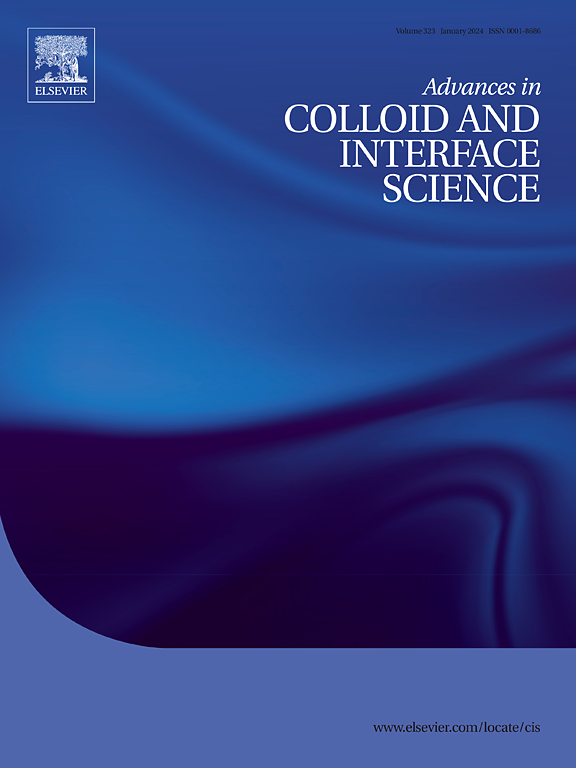Porous MIL, ZIF, and UiO metal-organic frameworks for adsorption of pharmaceuticals and personal care products
IF 19.3
1区 化学
Q1 CHEMISTRY, PHYSICAL
引用次数: 0
Abstract
Pharmaceuticals and personal care products (PPCPs) are a newly identified category of emerging global pollutants often found in aquatic systems. Efficient removal of these pollutants from the water/wastewater is currently problematic because of their low biodegradability and high hydrophilicity, as well as their distinct physicochemical features and lower concentrations. Materials of Institut Lavoisier (MIL), Zeolitic imidazolate framework (ZIF), and University of Oslo (UiO) are highly engineered metal-organic frameworks (MOFs) composed of unique components necessary for the formation of crystals with exceptional porosity, large surface areas, large pore sizes, crystalline structures, tunable properties, excellent chemical and thermal stability for environmental remediation. This study provides detailed and combined applications of UiOs, MILs, and ZIFs as adsorbents for capturing the new class of emerging pollutants (PPCPs) from the liquid phase. MOFs as ideal candidates for PPCP decontamination were discussed, followed by the MOF porosity and factors that affect MOF stability. Various synthetic approaches for MILs, ZIFs, and UiOs were discussed, as well as their corresponding pros and cons. An in-depth performance of these three MOFs for adsorptive removal of PPCPs from the liquid phase was discussed, assessing the state-of-the-art for specific applications and the effectiveness of UiOs, MILs, and ZIFs as adsorbents for PPCP decontamination . The unique performance garnered from the study provided a way forward/potential for real-life/practical applications of these sorbents and insight into corresponding mechanisms and synergistic relationships. To foster the advancement of the field, viable shortcomings and strengths associated with these novel classes of MOFs, treatment options, and knowledge gaps to explore specific research directives for large-scale or industrial-scale applications were highlighted.

用于吸附药品和个人护理产品的多孔MIL, ZIF和UiO金属有机框架
药品和个人护理产品(PPCPs)是一种新发现的全球性污染物,经常在水生系统中发现。由于这些污染物的低生物可降解性和高亲水性,以及它们独特的物理化学特性和较低的浓度,目前从水/废水中有效去除这些污染物是一个问题。拉瓦锡研究所(MIL)、沸石咪唑酸盐框架(ZIF)和奥斯陆大学(UiO)的材料是高度工程化的金属有机框架(mof),由形成具有特殊孔隙率、大表面积、大孔径、晶体结构、可调性质、优异的化学和热稳定性的晶体所必需的独特成分组成,用于环境修复。本研究提供了UiOs, mil和zif作为吸附剂从液相中捕获新一类新兴污染物(PPCPs)的详细和组合应用。讨论了MOF作为PPCP去污的理想候选材料,然后讨论了MOF的孔隙度和影响MOF稳定性的因素。讨论了mfs、zfs和ufs的各种合成方法及其各自的优缺点。深入讨论了这三种mfs在液相中吸附去除PPCP的性能,评估了特定应用的最新技术以及UiOs、mfs和zfs作为PPCP净化吸附剂的有效性。该研究获得的独特性能为这些吸附剂的实际应用提供了前进/潜力,并深入了解了相应的机制和协同关系。为了促进该领域的发展,强调了这些新型mof、治疗方案和知识差距相关的可行缺点和优势,以探索大规模或工业规模应用的具体研究方向。
本文章由计算机程序翻译,如有差异,请以英文原文为准。
求助全文
约1分钟内获得全文
求助全文
来源期刊
CiteScore
28.50
自引率
2.60%
发文量
175
审稿时长
31 days
期刊介绍:
"Advances in Colloid and Interface Science" is an international journal that focuses on experimental and theoretical developments in interfacial and colloidal phenomena. The journal covers a wide range of disciplines including biology, chemistry, physics, and technology.
The journal accepts review articles on any topic within the scope of colloid and interface science. These articles should provide an in-depth analysis of the subject matter, offering a critical review of the current state of the field. The author's informed opinion on the topic should also be included. The manuscript should compare and contrast ideas found in the reviewed literature and address the limitations of these ideas.
Typically, the articles published in this journal are written by recognized experts in the field.

 求助内容:
求助内容: 应助结果提醒方式:
应助结果提醒方式:


